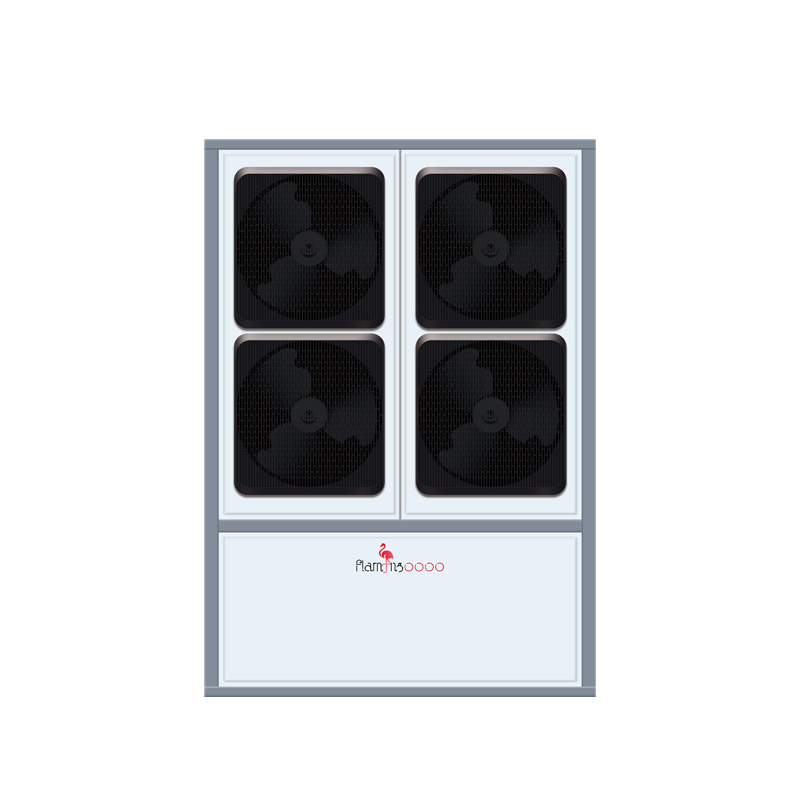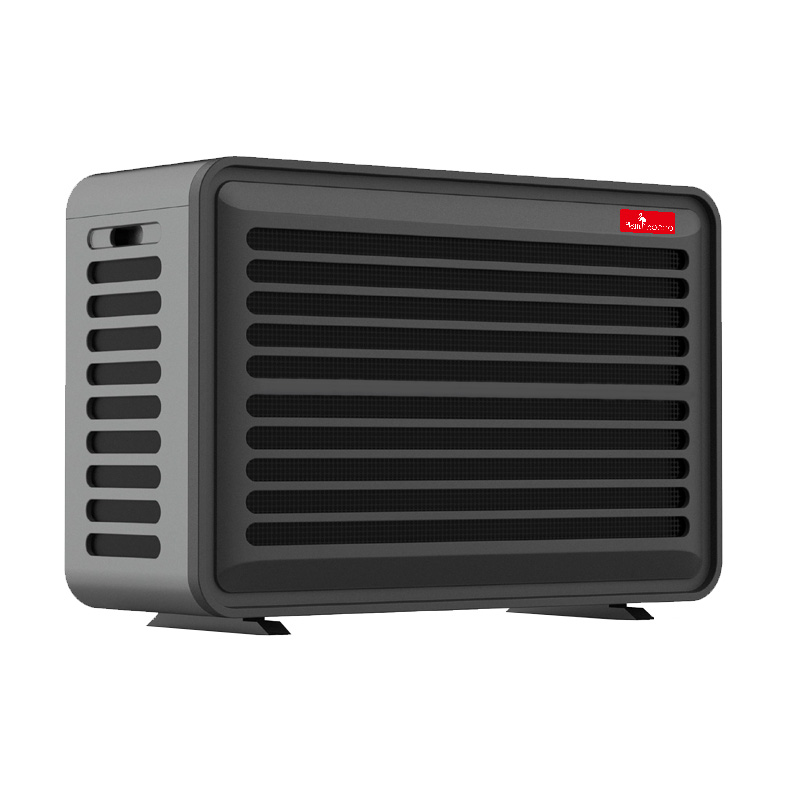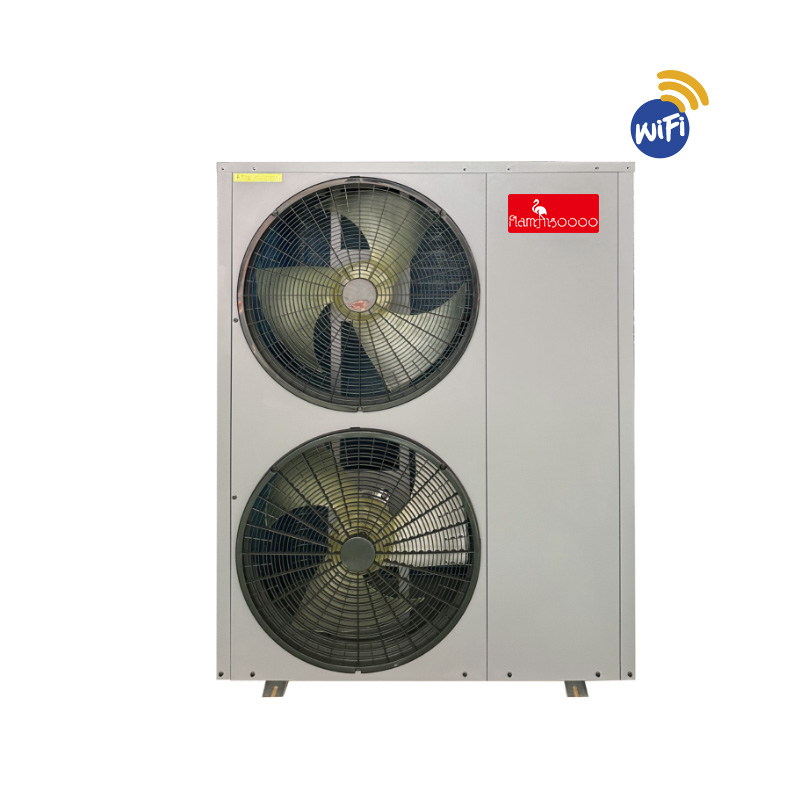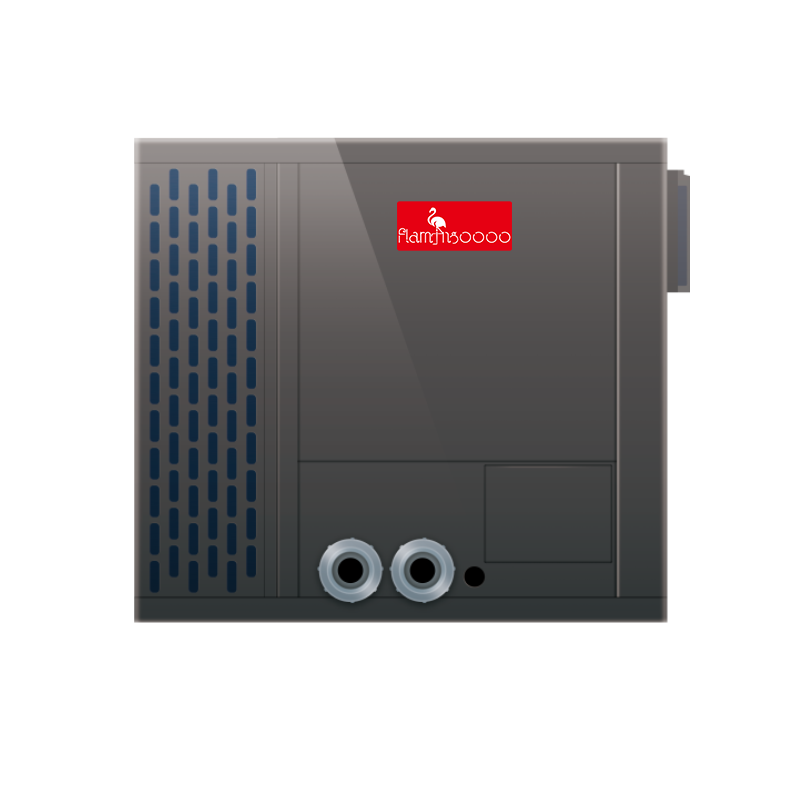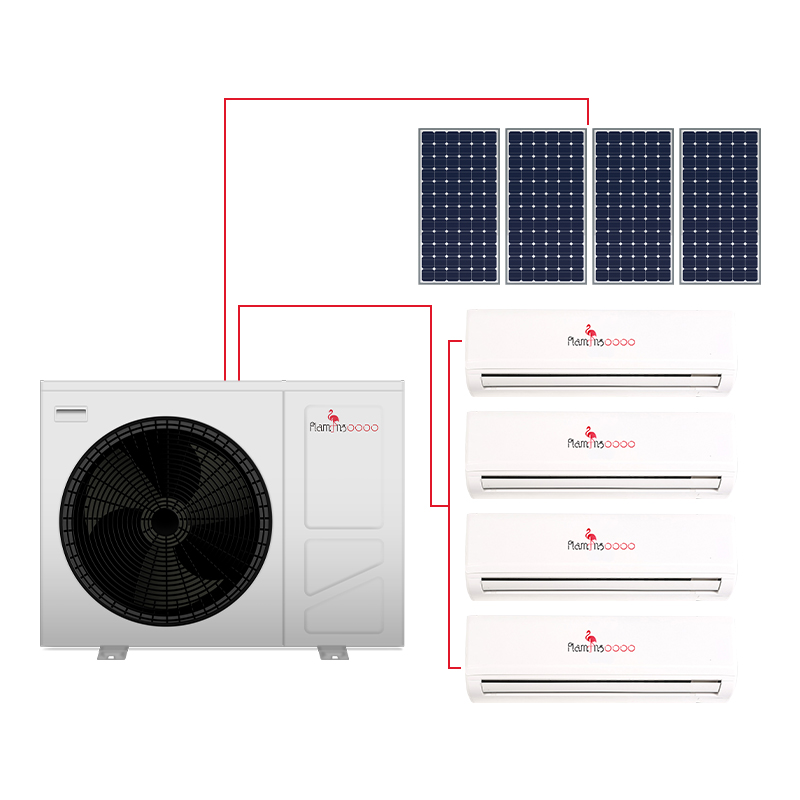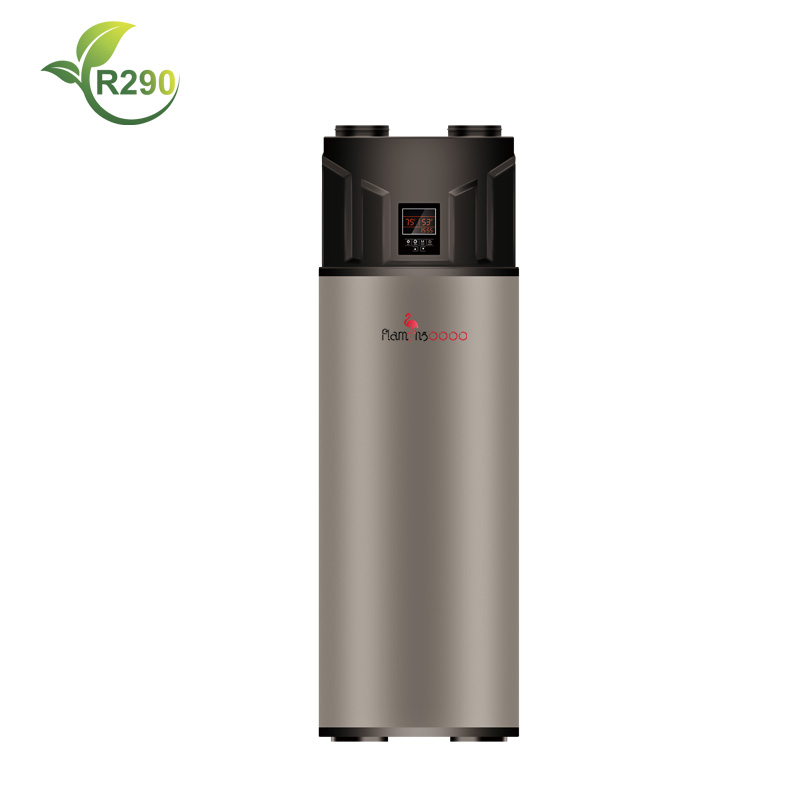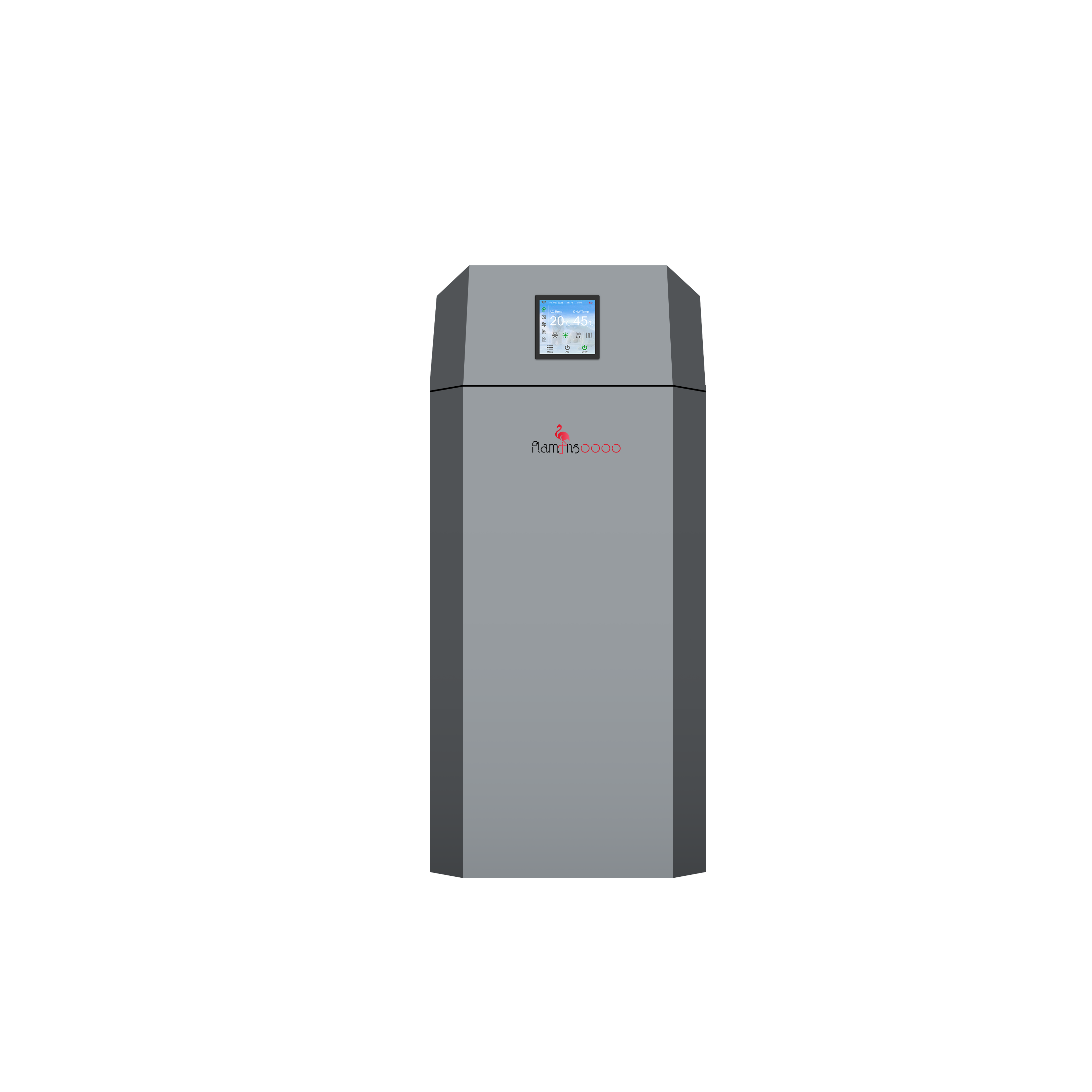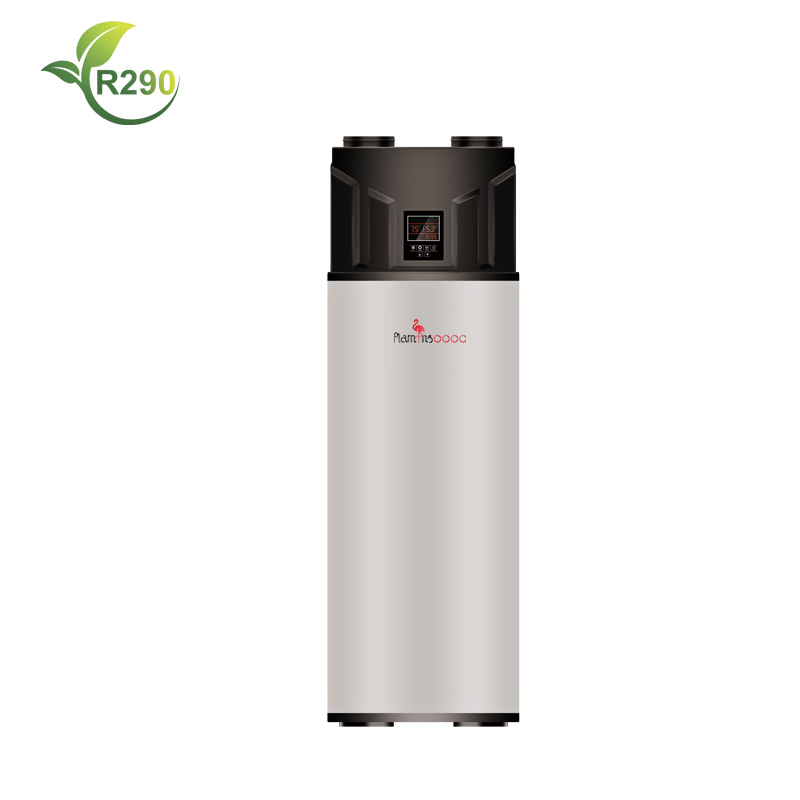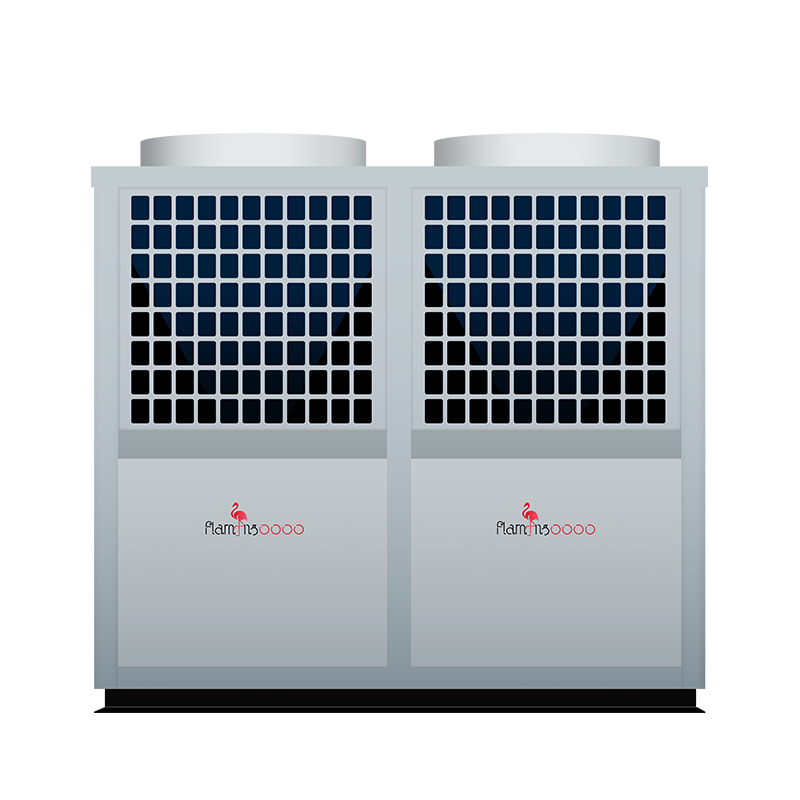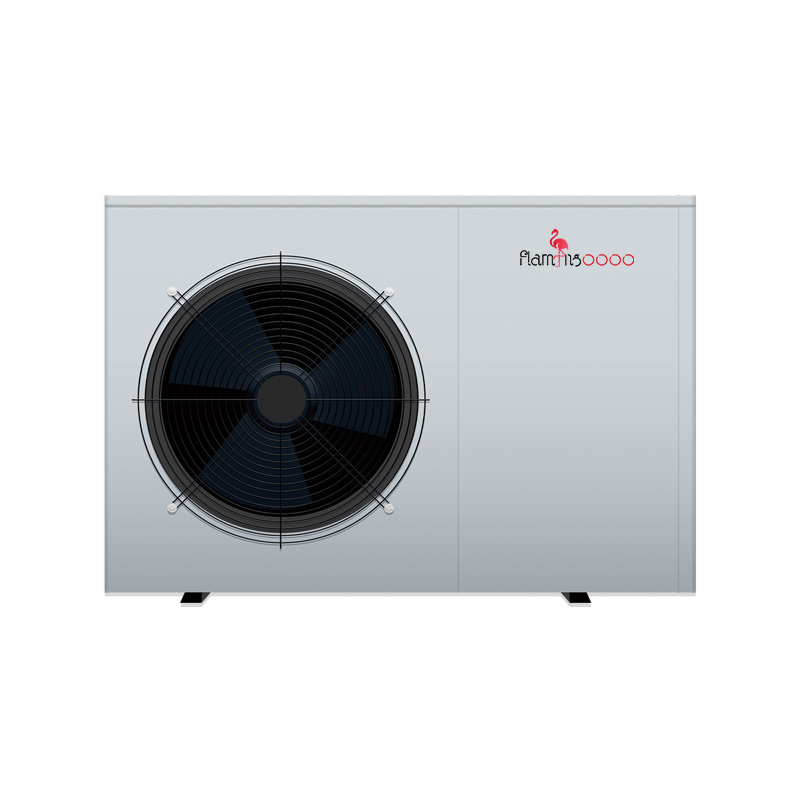The Quest for the Perfect Chill: Next-Gen Refrigerants Power the Heat Pump Revolution
FOR IMMEDIATE RELEASE
Global, June 16, 2025 – As the world intensifies its shift away from fossil fuels for heating and cooling, the humble heat pump has surged to the forefront. But beneath the hood of this climate hero lies a critical question driving innovation and environmental impact: What is the best refrigerant for a heat pump? The answer is complex, evolving rapidly, and pivotal for the future of sustainable comfort in homes and businesses worldwide.
Beyond Freon: The Refrigerant Revolution
Gone are the days of ozone-depleting CFCs like R-12. The successor HFCs (Hydrofluorocarbons), while ozone-safe, proved to be potent greenhouse gases, sometimes thousands of times worse than CO2. International agreements like the Kigali Amendment to the Montreal Protocol are now aggressively phasing down these high-GWP (Global Warming Potential) HFCs.
"The search for the 'best' refrigerant isn't about finding a single magic bullet," explains Dr. Elena Rodriguez, a thermal systems engineer at the International Energy Agency. "It's a multi-variable optimization problem: balancing environmental impact (low GWP), energy efficiency, safety (toxicity and flammability), cost, and compatibility with existing systems. There's no perfect answer, but several strong contenders are emerging as the new standard-bearers."
The Leading Contenders:
R-32 (Difluoromethane): Currently the dominant player replacing R-410A in many residential house heating and cooling systems, especially in Asia and Europe. It boasts a GWP of 675 (significantly lower than R-410A's 2088) and offers excellent energy efficiency. Its drawback? Mild flammability (A2L classification), requiring careful system design and installation practices.
R-454B (A2L Blend): Gaining massive traction, particularly in North America, as a lower-GWP (466) alternative to R-410A. It offers similar performance and efficiency to R-32 but with slightly lower flammability. It's becoming the go-to choice for new residential and light commercial inverter heat pump installations.
R-290 (Propane - A3): This natural refrigerant has an incredibly low GWP of 3 and excellent thermodynamic properties, leading to potentially higher efficiency. However, its high flammability (A3) currently restricts its use primarily to smaller, self-contained units (like some inverter heat pump mini-splits) or carefully engineered commercial heat pump systems with strict safety protocols. Research is ongoing to expand its safe application.
R-1234yf (A2L) & R-1234ze (A2L): HFOs (Hydrofluoroolefins) designed specifically as ultra-low GWP (<<1 to 7) alternatives. While prominent in automotive AC, their adoption in heat pumps is growing, particularly in specific commercial heat pump applications or as components in blends. Cost and performance optimization compared to R-32/R-454B remain areas of focus.
The Efficiency Multiplier: Inverter Technology
The choice of refrigerant is powerfully amplified by inverter heat pump technology. Unlike traditional on/off units, inverters use variable-speed compressors and fans. This allows them to precisely match the heating or cooling output to the building's demand, operating efficiently at partial load – where systems spend most of their time.
"Pairing a low-GWP refrigerant like R-32 or R-454B with advanced inverter technology is a game-changer," states Mark Chen, CEO of a leading HVAC manufacturer. "It maximizes the Coefficient of Performance (COP), meaning more heating or cooling per unit of electricity consumed, significantly reducing energy bills and carbon footprint for house heating and cooling."
Powering the Pump with Sunshine: The Solar Synergy
The environmental and economic equation becomes even more compelling when heat pumps are powered by renewable energy. Photovoltaic solar heat pump systems are experiencing explosive growth. Rooftop solar panels generate electricity during the day, directly powering the heat pump to heat water, warm the home, or provide cooling.
"Integrating photovoltaic solar with a modern, high-efficiency heat pump creates a near-zero-emission house heating and cooling solution," says Sarah Jones, Director of Renewable Integration at a major utility. "Excess solar can power the heat pump, charge a home battery, or be fed back to the grid. For businesses with large rooftops or land, commercial heat pump systems powered by on-site solar are a major step towards energy independence and decarbonization."
Commercial Scale: Big Impact, Bigger Savings
While residential adoption is crucial, the impact of commercial heat pump systems is immense. Supermarkets, hotels, hospitals, office buildings, and industrial processes consume vast amounts of energy for heating, cooling, and hot water. Modern commercial heat pump units, often utilizing low-GWP refrigerants like R-513A (GWP 573, replacing R-134a) or exploring R-1234ze, and increasingly incorporating inverter drives for better part-load efficiency, offer a compelling alternative to gas boilers and traditional chillers.
"Retrofitting a hotel's boiler plant with high-temperature commercial heat pump units running on R-454B or similar, coupled with solar PV, can cut energy costs by 40-60% and drastically reduce Scope 1 emissions," notes David Miller, an energy consultant specializing in large buildings. "The operational savings, combined with tightening regulations on F-gases and carbon, make the business case stronger every year."
The Verdict: A Dynamic Landscape
So, is there a single "best" refrigerant? The answer is nuanced:
For widespread residential use: R-32 and R-454B are currently leading the charge, offering the best balance of low GWP, high efficiency, manageable safety, and cost for inverter heat pump systems powering house heating and cooling.
For niche residential/small commercial: R-290 (Propane) shines where safety can be robustly managed, offering ultra-low GWP and top efficiency.
For commercial applications: A wider range is used (R-513A, R-1234ze, R-454B, R-32), depending on required temperatures, capacity, and safety constraints. HFOs are gaining ground here.
The Future: Research into new molecules (including other HFOs and natural options like CO2 - R-744, especially for high-temp commercial heat pump use) and optimized blends continues. Safety standards and system designs are also evolving to accommodate slightly flammable (A2L) refrigerants more broadly.
The Bottom Line:
The quest for the optimal heat pump refrigerant is driving remarkable innovation. The winners are low-GWP options like R-32, R-454B, and R-290, increasingly deployed in highly efficient inverter heat pump systems. When these systems are powered by photovoltaic solar energy, they represent one of the most effective and sustainable pathways for decarbonizing house heating and cooling, as well as large-scale commercial heat pump applications. The future of thermal comfort is electric, intelligent, variable-speed, and increasingly powered by the sun, guided by the ongoing evolution of the crucial fluid circulating within – the next-generation refrigerant.

